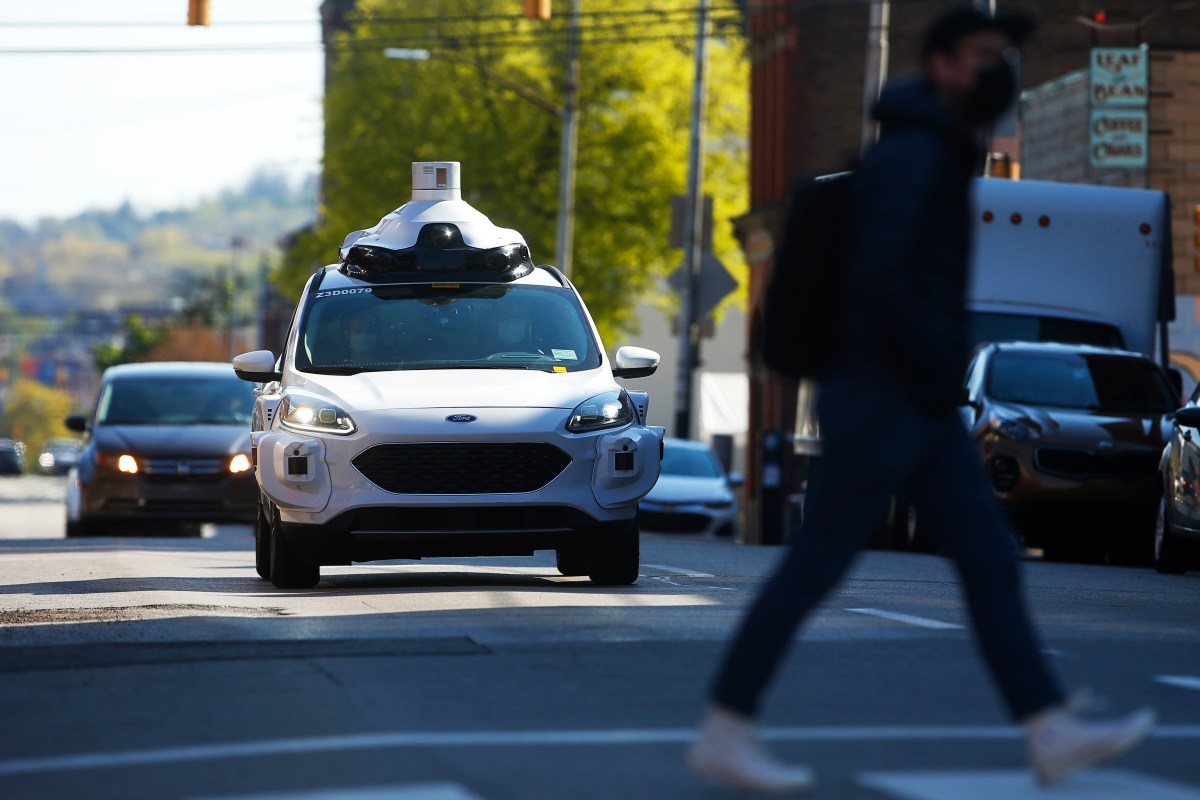Self-driving blunders are good news for the climate
Not quite ten years ago, two technologies were racing towards an invisible finish line. They weren't in competition with each other - adopting one didn't block the other. But to avoid catastrophic climatic consequences, the order of arrival mattered.
Autonomous vehicles had to lose, and electric vehicles had to win.
It was unclear at the time who would take the checkered flag. In some ways, self-driving vehicles seemed to have momentum on their side, making huge strides since the first ones cautiously finished the DARPA Grand Challenge in 2007. Ten years later, apparently, everyone had a self-driving division.
Meanwhile, electric vehicles got off to a slow start. Early models could travel less than 100 miles per charge on batteries that cost about a third of the cost of the entire car. Tesla broke the mold in 2012 with the Model S, but its price was outside most of the US auto market. In 2017, the image had not changed much.
What a difference five years make.
Autonomous vehicles have largely stagnated while electric vehicles have taken the lead. Autonomous vehicles may have overcome many mundane driving scenarios, but they are still often blocked by other situations that human drivers encounter on a daily basis: pedestrians, inclement weather, construction zones.
Yes, Waymo and Cruise operate taxi services that are open to the public, but they're only available in parts of Tempe and San Francisco, respectively, cities they've been mapping and testing for years. As anyone who drives in a different city knows, each metropolitan area has its own quirks. Making the leap to a new city won't be easy. Even former boosters like Lyft co-founder and chairman John Zimmer, who declared just six years ago that the majority of rides on the network would be self-driving today, now expect only 1% to 10% of future trips fall on this bill.
Electric vehicles, on the other hand, are on the rise. Battery prices have fallen from over $1,000 per kilowatt-hour in the early 2010s to just over $100. Investors are pumping money into battery startups and battery manufacturers are racing to build a global network of factories.
Although affordable electric vehicles remain rare, prices have come down since the introduction of the Model S and the number of models has increased significantly. Sales in Europe, China and the United States have increased, and the future looks even brighter following legislative and regulatory measures that make batteries the go-to power source for cars and light trucks .
These two tendencies quickly diverged.

Not quite ten years ago, two technologies were racing towards an invisible finish line. They weren't in competition with each other - adopting one didn't block the other. But to avoid catastrophic climatic consequences, the order of arrival mattered.
Autonomous vehicles had to lose, and electric vehicles had to win.
It was unclear at the time who would take the checkered flag. In some ways, self-driving vehicles seemed to have momentum on their side, making huge strides since the first ones cautiously finished the DARPA Grand Challenge in 2007. Ten years later, apparently, everyone had a self-driving division.
Meanwhile, electric vehicles got off to a slow start. Early models could travel less than 100 miles per charge on batteries that cost about a third of the cost of the entire car. Tesla broke the mold in 2012 with the Model S, but its price was outside most of the US auto market. In 2017, the image had not changed much.
What a difference five years make.
Autonomous vehicles have largely stagnated while electric vehicles have taken the lead. Autonomous vehicles may have overcome many mundane driving scenarios, but they are still often blocked by other situations that human drivers encounter on a daily basis: pedestrians, inclement weather, construction zones.
Yes, Waymo and Cruise operate taxi services that are open to the public, but they're only available in parts of Tempe and San Francisco, respectively, cities they've been mapping and testing for years. As anyone who drives in a different city knows, each metropolitan area has its own quirks. Making the leap to a new city won't be easy. Even former boosters like Lyft co-founder and chairman John Zimmer, who declared just six years ago that the majority of rides on the network would be self-driving today, now expect only 1% to 10% of future trips fall on this bill.
Electric vehicles, on the other hand, are on the rise. Battery prices have fallen from over $1,000 per kilowatt-hour in the early 2010s to just over $100. Investors are pumping money into battery startups and battery manufacturers are racing to build a global network of factories.
Although affordable electric vehicles remain rare, prices have come down since the introduction of the Model S and the number of models has increased significantly. Sales in Europe, China and the United States have increased, and the future looks even brighter following legislative and regulatory measures that make batteries the go-to power source for cars and light trucks .
These two tendencies quickly diverged.
What's Your Reaction?





















